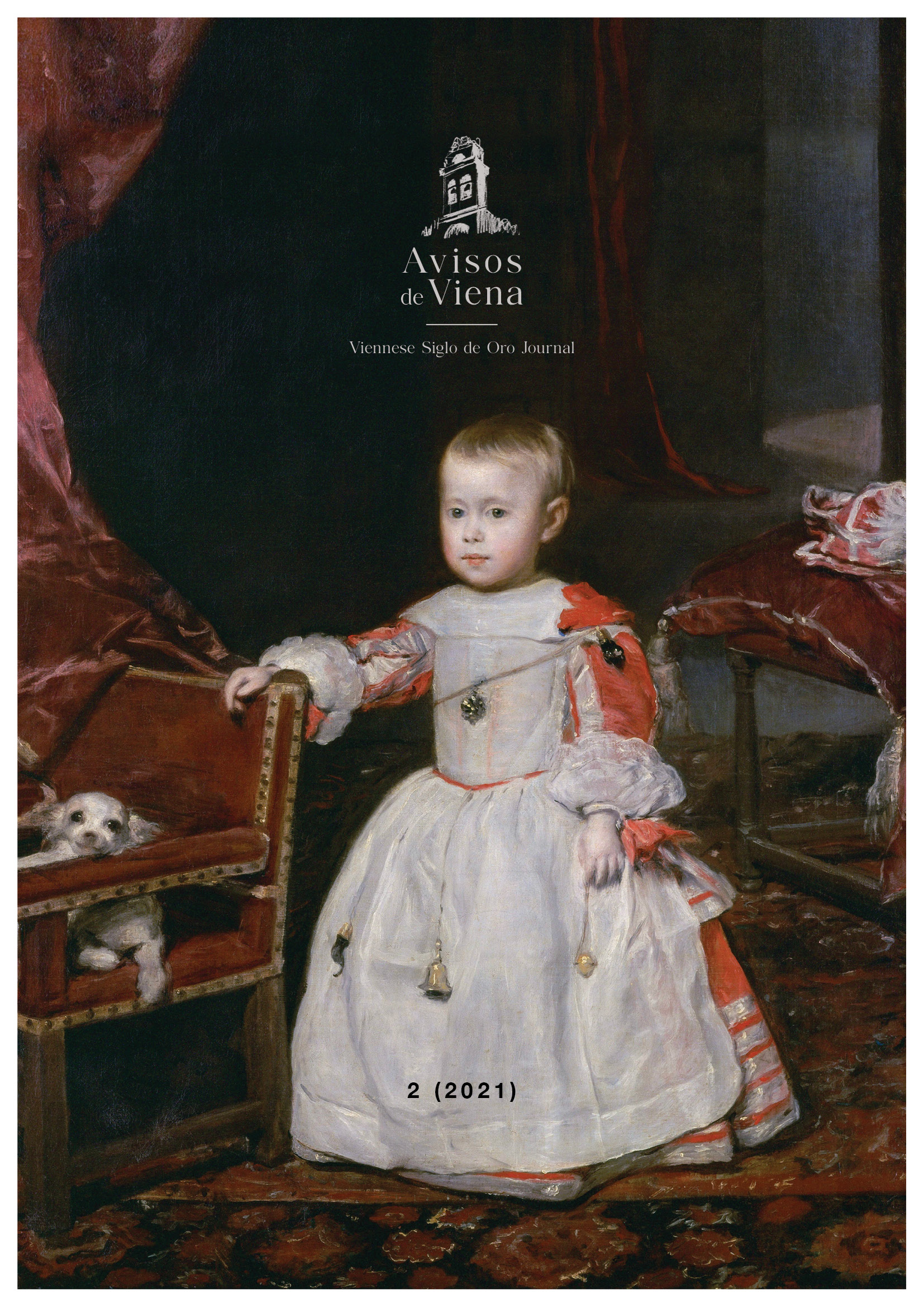El actor (calderoniano) a oscuras
DOI:
https://doi.org/10.25365/adv.2021.2.6186Keywords:
Theater, Darkness, Illumination, Spanish Golden Age, CalderónAbstract
The essay explores the use of darkness and illumination in comedic and theatrical contexts, drawing parallels between a scene from "The Marx Brothers' Conflict" and conventions in Golden Age theater, particularly Calderonian drama. It discusses how the absence of visual cues during a blackout scene in "The Marx Brothers' Conflict" could have hindered comedic effect but also how it aligns with conventions where audiences are guided by dialogue and sound effects. Drawing from Ruano de la Haza's observations on theatrical staging, the essay highlights the importance of audience comprehension amid technical limitations, a principle echoed in Calderón's works where lighting cues often carry symbolic weight.
References
Aichinger, W., Kroll, S., & Rodríguez-Gallego, F. (Eds.). (2015). Introducción. In P. Calderón de la Barca, El secreto a voces. Kassel: Reichenberger.
Calderón de la Barca, P. (2012). El médico de su honra (D. W. Cruickshank, Ed.). Barcelona: Castalia.
Calderón de la Barca, P. (2018). La dama duende (J. Pérez Magallón, Ed.). Madrid: Cátedra.
Calderón de la Barca, P. (1987). La hija del aire (F. Ruiz Ramón, Ed.). Madrid: Cátedra.
Calderón de la Barca, P. (1981). Peor está que estaba (Á. Valbuena Briones, Ed.). Madrid: CSIC.
Calderón de la Barca, P. (2008). Amar después de la muerte (E. Coenen, Ed.). Madrid: Cátedra.
Ruano de la Haza, J. M. (2000). La puesta en escena de los teatros comerciales del Siglo de Oro. Madrid: Castalia.
Varey, J. (1986). Valores visuales de la comedia española en la época de Calderón. Edad de Oro, I(5).
Varey, J. (2000). La dama duende, de Calderón: Símbolos y escenografía. In J. Aparicio Maydeu (Ed.), Estudios sobre Calderón (Vol. II). Barcelona: Istmo.
Downloads
Published
How to Cite
Issue
Section
License
Copyright (c) 2021 Clara Monzó

This work is licensed under a Creative Commons Attribution 4.0 International License.
© Open Access, CC BY 4.0








